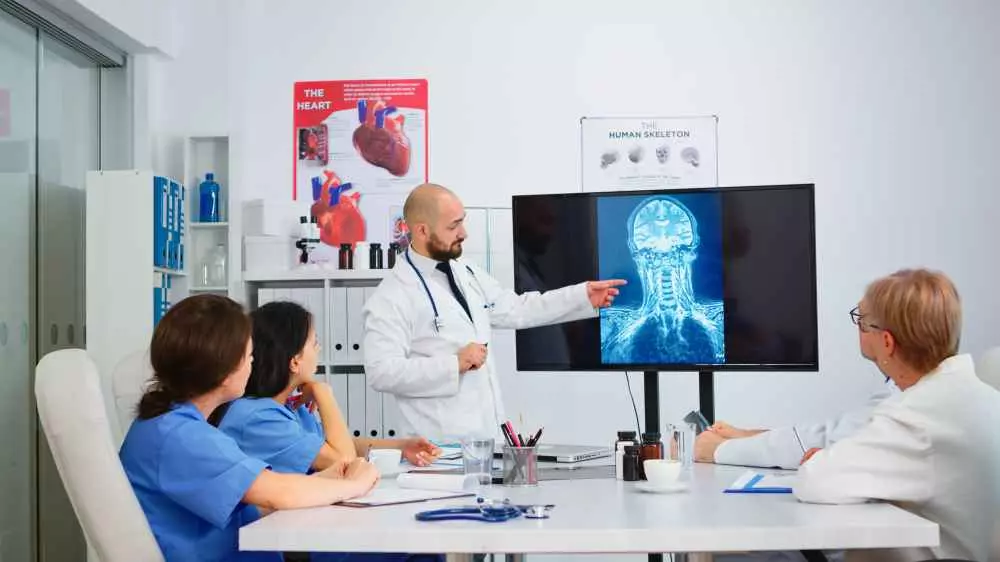 hamptonroadsbehavorialhealth.com
hamptonroadsbehavorialhealth.comIntroduction
Practical nursing plays a key role in healthcare, providing patients with the care and support they need. With the rapid advancement of technology, the field is constantly evolving with innovations that improve the quality of care and shorten recovery times. Patients and medical staff alike are benefiting from new solutions that contribute to a more efficient and enjoyable experience.
Telemedicine a revolution for practical nursing
One of the biggest innovations in the field of practical nursing is the development of telemedicine. It allows patients to consult their health problems without having to visit a doctor. Practical nurses will play a key role in this process, performing tests, analyzing results and providing advice remotely. This speeds up the diagnosis and treatment of patients, and reduces the cost of medical care.

Thanks to telemedicine, practical nurses can also monitor patients more effectively at a distance. Using various medical devices, patients can regularly send in their results, and the practice nurse can analyze them and adjust therapy. This allows for earlier detection of potential problems and prevention of complications, which has a salutary effect on patients' health.
Automation of practical nursing processes
Process automation has become an integral part of today's society. In practical nursing, automation tools and systems are playing an increasingly important role, eliminating routine activities and allowing nurses to focus on tasks that require their knowledge and skills.
One example is documentation automation. With special systems, practical nurses can quickly and accurately record all information related to patient care, reducing the time required for documentation and increasing readability. In addition, thanks to automated systems, practical nurses have access to up-to-date information on patients, enabling better coordination of care.
Another example is the automation of the medication administration process. Thanks to modern devices, patients receive medications in precise doses, which eliminates the risk of errors and improves the effectiveness of therapy. Practical nurses can also use assistive systems to calculate doses and monitor drug interactions, improving patient safety.
New technologies for diagnostics
Diagnostics is an integral part of practical nursing. New technologies are making it possible to diagnose patients more accurately and quickly, leading to appropriate and effective treatment. One such tool is ultrasound technology.
Using ultrasound, practical nurses can accurately visualize patients' internal organs and assess their condition. This is an extremely useful tool in diagnosing problems observed during physical examinations of patients. Ultrasound is also used to monitor fetal development and when problems with the thyroid, liver, pancreas and other organs are suspected.
Another innovation is magnetic resonance imaging (MRI) technology. It allows practical nurses to obtain accurate images of internal structures, which helps in diagnosis and treatment planning. MRI is used for suspected damage to the brain, spine, joints, muscles and other areas that are not clearly visible on traditional X-rays.
Summary
Today, practical nursing is benefiting from various innovations that improve the quality of care and shorten patients' recovery time. Telemedicine enables remote consultations, eliminating the need for doctor visits. Automation of practical nursing processes eliminates routine activities, allowing focus on knowledge-intensive tasks. New diagnostic technologies, such as ultrasound and MRI, allow for more precise diagnosis and treatment planning. With these innovations, patients receive better health care and practical nurses are better supported in their duties.